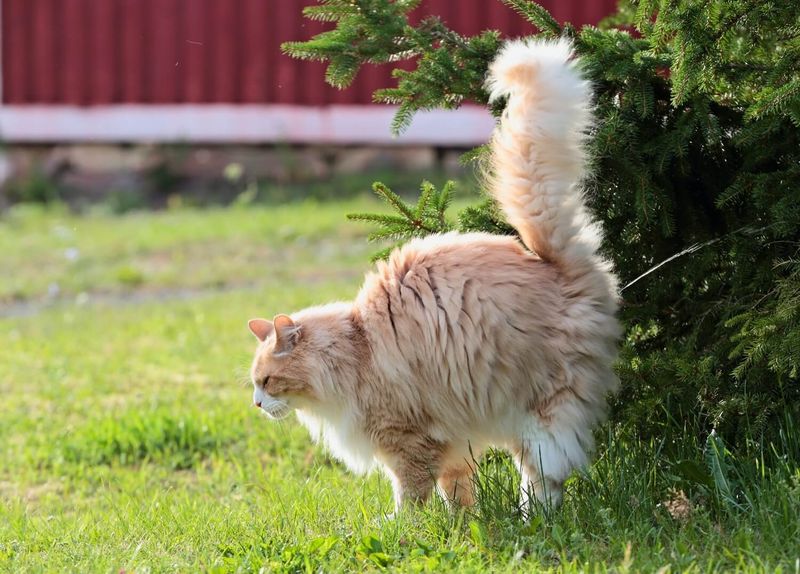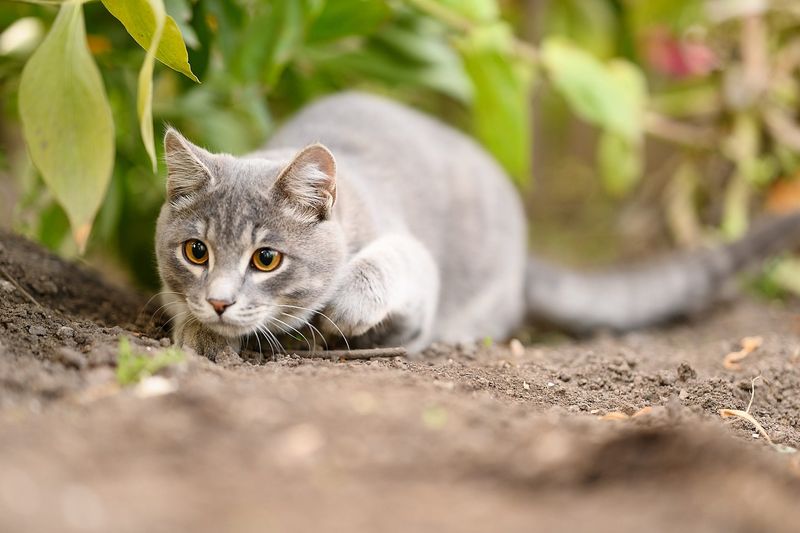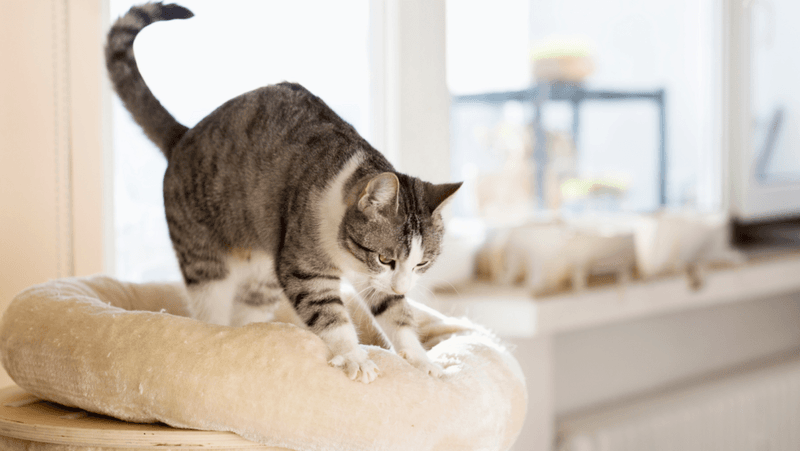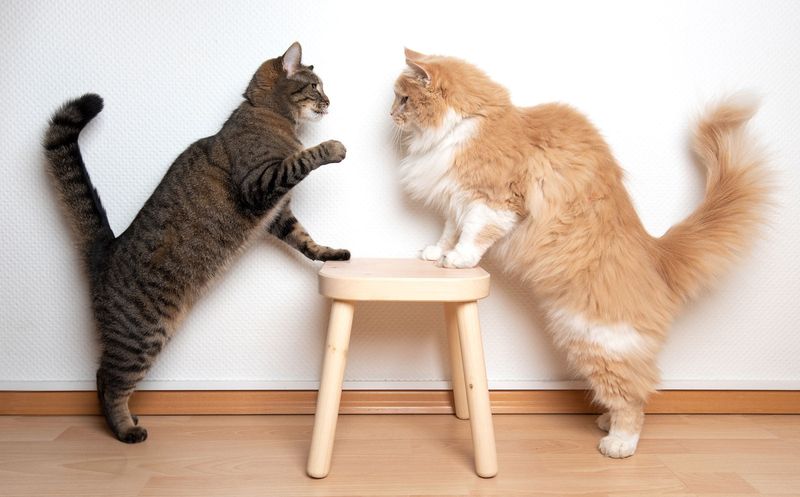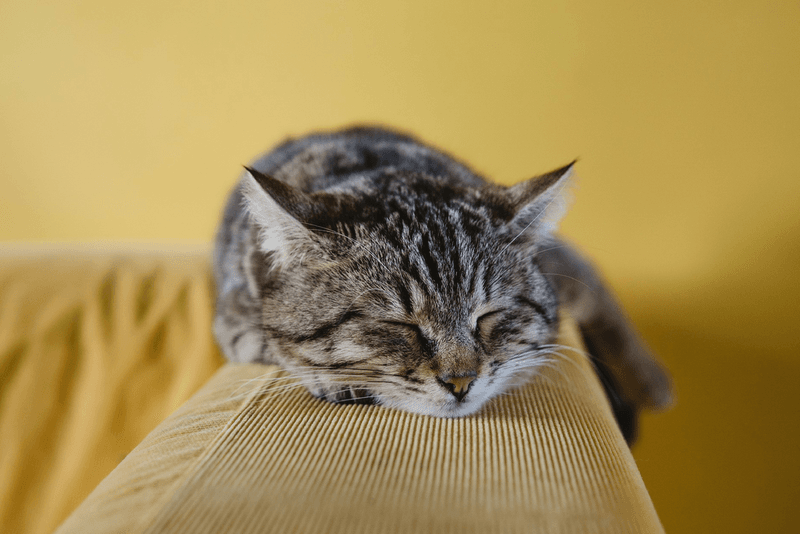📖 Table of Content:
Cats often mystify us with their quirky, sometimes comical behaviors, and one particularly charming habit is their seemingly random pawing or kneading at surfaces. Whether it’s the couch, your lap, a carpet, or even thin air, this rhythmic action can appear both playful and puzzling. But beneath those soft, repetitive motions lies a deeply rooted set of instincts passed down from their wild ancestors.
This behavior, often described as “territorial tap-dancing,” is much more than a cute quirk. It combines elements of communication, instinctual memory, comfort-seeking, and environmental interaction. Understanding why cats engage in these motions offers insight into their emotional states, their sense of security, and how they relate to the world around them.
In this article, we explore seven intriguing reasons behind your cat’s pawing behavior. From territorial instincts to signals of contentment, each explanation reveals a little more about the complex and intelligent creatures we welcome into our homes. These subtle rituals tell a rich story—one rooted in biology, environment, and the delicate balance between wild instinct and domestic life.
1. Marking Territory with Scent Glands
Buried in your cat’s soft, padded paws are scent glands that secrete pheromones — invisible messages designed for marking territory. Each time a cat taps or rubs a surface with its paws, it’s quietly laying down a claim, saying, “This belongs to me.” Unlike dogs who might mark with urine, cats use this low-key method to establish ownership in shared spaces. It’s a sensory strategy that’s especially important in multi-pet households or unfamiliar environments. While humans can’t detect these scents, other animals certainly can, creating a subtle territorial map. What seems like idle pawing is actually part of a well-honed marking routine. This behavior helps cats feel more secure by surrounding themselves with familiar scents.
2. Instinctive Nesting Behavior
Centuries of feline instinct come to the surface when a cat begins kneading, especially on soft or warm areas. This action stems from kittenhood, when newborns knead their mother’s belly to stimulate milk flow during nursing. As adults, cats retain this comforting gesture, often performing it when they’re relaxed or preparing to rest. It’s a tactile expression of safety, similar to a child cuddling a favorite blanket. Kneading can also signal a strong bond with their human, essentially saying, “I feel safe with you.” Some cats even purr or drool while kneading, underscoring its calming effect. Rather than outgrowing it, they simply adapt the behavior into their adult emotional toolkit.
3. A Pre-Hunting Ritual
Well before any actual pouncing takes place, a cat may begin with slow, deliberate paw movements to assess the terrain. This behavior mirrors what wild cats do when preparing to stalk prey—testing surfaces for noise, grip, and stability. In the domestic setting, it can look like a dance of anticipation, especially if a toy or moving shadow is nearby. Cats need solid footing for stealth and agility, so this behavior helps fine-tune their motor coordination. Though no hunt may follow, the ritual fulfills a deep-seated instinctual loop. Even indoor cats without real prey exhibit this pattern during play or moments of alertness. The repetition provides physical and mental stimulation that mimics the wild chase.
4. Surface Testing for Comfort
Before settling down, cats often engage in gentle pawing as a way to inspect the texture and stability of a surface. Unlike humans who visually scan for comfort, cats use their paws as sensors to detect softness, temperature, and balance. This can be observed when a cat circles a blanket or pats a pillow before lying down. The ritual ensures they’re choosing the best possible spot to rest, especially if they’re feeling particular or picky. It’s a bit like fluffing your own pillow before sleep, with the added layer of instinctual thoroughness. A favorite nap zone might receive this treatment every time, confirming it still meets their standards. This behavior is both practical and ritualistic, rooted in centuries of feline survival.
5. Anxiety or Displacement Activity
When a cat is uncertain or stressed, it may turn to repetitive pawing as a self-soothing gesture. This kind of behavior is classified as a displacement activity—something animals do when they’re conflicted or unsure how to act. Instead of running or hiding, a cat might begin kneading or pawing the ground, directing nervous energy into something familiar. These motions can help them regain a sense of control, especially in unfamiliar environments or during changes at home. Watching for context is key: a cat pawing the floor after a loud noise may be trying to calm itself down. It’s not always about territory or comfort but emotional regulation. Recognizing this can help pet owners identify and reduce stressors in their cat’s environment.
6. Communication with Other Cats (or You)
Far from meaningless, a cat’s pawing may serve as a direct signal to other pets—or their humans. Cats communicate extensively through body language, and pawing can mean anything from “I was here” to “pay attention to me.” In multi-cat homes, one feline’s pawing in a certain spot may discourage others from encroaching. When directed at humans, this gesture often comes with eye contact, meows, or nudging—requests for food, affection, or engagement. It’s part of the silent vocabulary cats use to navigate their social world. Owners who tune in to the nuances can often respond more appropriately. Rather than ignoring it, consider what your cat might be trying to say.
7. Stimulation and Boredom Relief
Left alone or under-stimulated, cats may resort to tap-dancing behaviors simply to entertain themselves. These actions offer sensory input, a bit like a human fidgeting when bored or restless. Cats thrive on mental and physical challenges, and without toys or new stimuli, they’ll create their own routines. Pawing at invisible objects or obsessively touching the same area can be part of this DIY enrichment. It’s a sign that your cat may need more playtime or environmental stimulation. Rotating toys, interactive feeders, or climbing structures can help redirect this behavior productively. What starts as a random habit can reveal much about your cat’s lifestyle needs.

